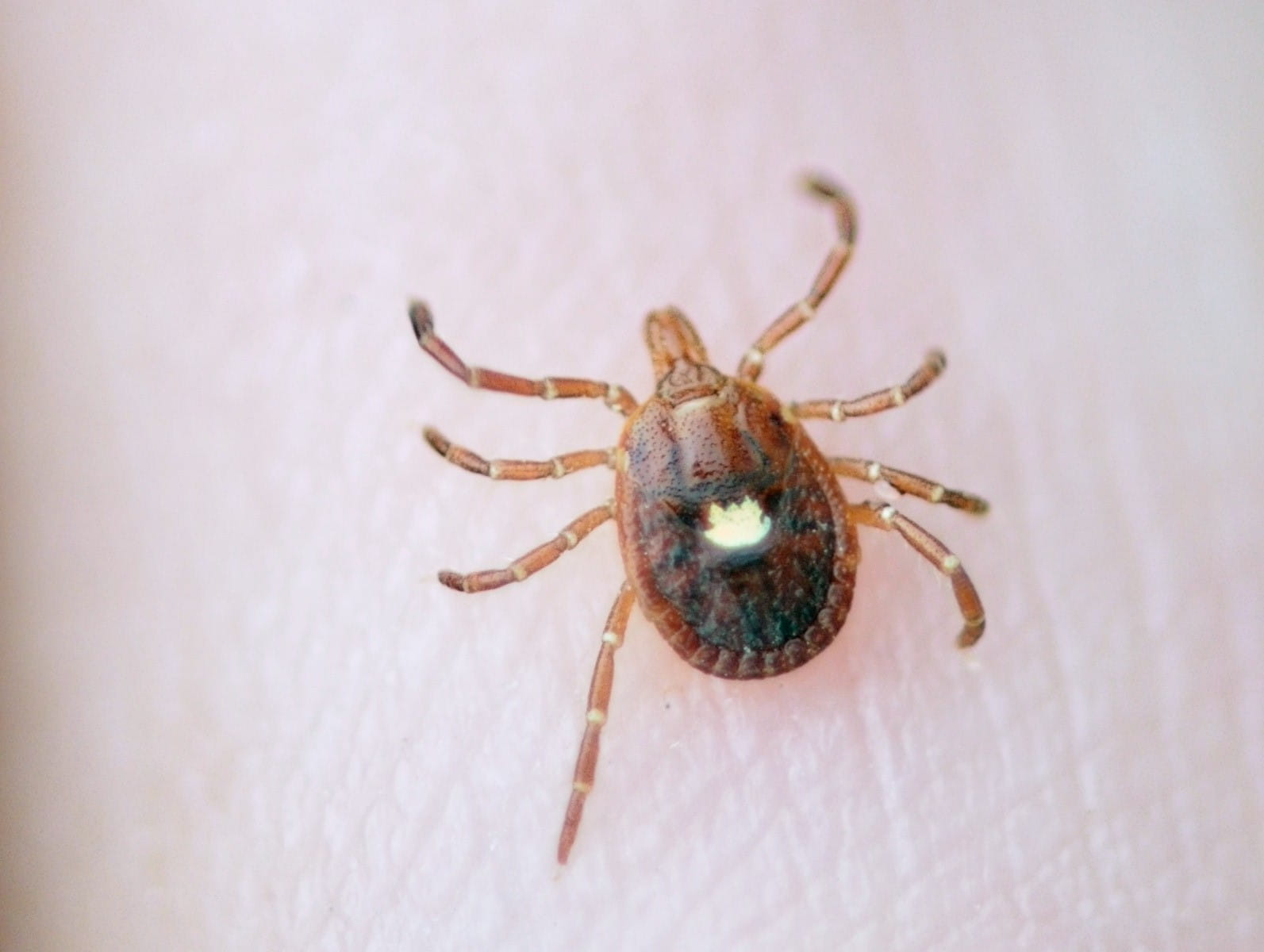After an unconventional school year last year – in which many students learned remotely from home due to the pandemic – many districts are preparing to open their doors to more traditional, in-person learning this fall.
The thought of returning to school halls and classrooms may leave students feeling a mix of excitement and concern, particularly since COVID-19 cases continue to spread across the country.
“With proper protocols in place, schools can welcome students back safely – and parents can feel good about helping their kids regain a little bit of normalcy,” says Leo M. Bailey, II, D.O. , a family medicine physician at Riverside Commonwealth Family Medicine in Newport News.
Talk to your kids about how they’re feeling
Some students may be eager to return to a more normal-feeling school year. Others may have anxiety about returning after such a long absence from usual school routines – or even fear catching the virus.
“Parents should make time to talk with their kids to better understand how they’re feeling about going back to school in this unusual time,” says Dr. Bailey. “They could be feeling a wide range of emotions, and it’s important to give them a chance to talk through their concerns.”
If your child is feeling especially anxious about the start of the year, take steps to help them work through those emotions.
Remember that it may take a few days for kids to settle back into their school routines. Give them time to adjust at their own pace.
Understand your school’s safety rules
Make sure your child is aware that some aspects of the upcoming school year may look different from years past. Help them understand that teachers and administrators have developed comprehensive plans to welcome them back to school safely.
Most schools will be adopting some degree of social distancing, so kids can expect assigned seating – to aid with contract tracing, if needed – and desks spread at least three to six feet apart, when possible.
Some usual school activities, such as field trips and parent visits to school, may still be postponed for the time being.
Each district will likely develop its own protocols regarding mask wearing for students, as well. Some schools may require universal masking, while others may ask only non-vaccinated teachers and students to wear masks. Some schools may not require masks at all, allowing students and families to choose whether or not to wear them.
While listening for specific school-level announcements, also be aware of recommended COVID-19 safety protocols outlined by the CDC and your state’s health department.
“While students might not look forward to wearing masks as they return to school, parents can help kids understand why doing so is important to protect their own health – and that of others,” Dr. Bailey says.
Encourage good hand hygiene
Pack small bottles of hand sanitizer in your child’s backpack and lunchbox and encourage kids to disinfect their hands frequently throughout the day. Model thorough hand washing practices and ask kids to wash their hands with soap and water for at least 20 seconds every time they use the school bathroom.
Get vaccinated
Everyone ages 12 and up is eligible to receive the COVID-19 vaccine. Vaccinations are free and readily available at doctor’s offices, health departments and pharmacies, often with no wait and no appointment. Go to vaccines.gov to search for vaccination locations in your area.
“Research has proven that COVID-19 vaccines are safe and effective at preventing serious complications from the COVID virus,” Dr. Bailey says. “I am encouraging everyone to get vaccinated as soon as they can.”
Though children under 12 are not yet eligible to receive the vaccine, parents and older siblings can help protect young children by getting the vaccine themselves.
“The best thing we can do to stop the spread of COVID-19 in the pediatric population is to build a “cocoon” of protection around them by making sure all their caregivers and family members are vaccinated,” Dr. Bailey explains.
Know when to keep your child home
Monitor your child for COVID-related symptoms, including:
- Fever
- Cough
- Fatigue
- Muscle or body aches
- Sore throat
- Congestion or runny nose
- Nausea or vomiting
- Loss of taste or smell
If your child is experiencing any of these symptoms, keep them home from school and consider getting a COVID-19 test. The CDC recommends that anyone infected with COVID-19 – or any unvaccinated person who has been in close contact with them – should isolate at home for 14 days.
“Reducing the transmission of COVID-19 as families return to school this fall is going to take collective cooperation,” Dr. Bailey says. “In order to have a successful and safe back-to-school season, we all need to wear our masks, do our best to social distance, and isolate if we are sick.”
You can find the latest information about getting a vaccine and navigating COVID-19 on the Riverside website here.



